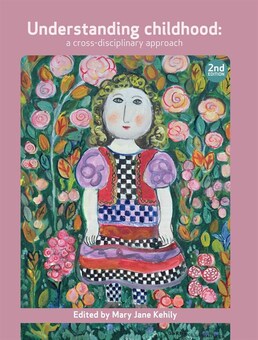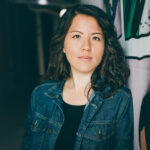December 2, 2020
The Master in Child Studies - Part 1
I am going to start with a series of posts about the Master Program in Child Studies, with focus on the courses: what they are about, my personal experience in these courses and tips.
I hope this is valuable for those interested in applying for the program and also for those who might be interested in enrolling in these subjects as free-standing courses :).
Introduction to Child Studies, 7.5 credits
This is the program’s inaugural course, which has one on-campus period and continues on distance mode. The courses in Child Studies usually last for 5 weeks, divided in weekly blocks with different assignments. I see this course as an introduction to the field of Child Studies and to the interdisciplinary approach that characterizes the master program at LiU. For example, one of the first assignments we had was reading a Master thesis from previous years, discussing it with other students who read the same thesis and then presenting it for another group of students who had never heard about that thesis, summarizing the work to them and critically analyzing it.
By doing this we felt like we were finally ‘landing’ in the Master program, with the understanding that the background from the students was very diverse and that the students’ previous academic experiences and work experiences with children and families could contrast with the approach and understanding of teachers. It was a course to become more familiar with the field and also the institution’s expectations and procedures.
Regarding the literature, one book that was really interesting was ‘Understanding Childhood: a cross-disciplinary approach’, from Mary Jane Kehily. The first chapter of the book is available for free download here. I highly recommend this for people who are interested in the field, as it is an easy and interesting introductory reading.

Understanding Childhood. Source: cdon.se
Historical Perspectives on Children and Childhood, 7.5 credits
The second course in the program is very interesting and provides an overview of the research field of the history of children and childhood. By now students are already familiar with the understanding that there is no universal childhood, instead practices of childhood vary immensely depending on the context, including the historical context. So this course is about understanding how knowledge about the historical representations of children and childhood is produced, the intellectual traditions and methodologies used to study historical evidence of childhood. One highlight of this course for me was learning about continuities and discontinuities in the practices of childhood in different historical, cultural and geographical contexts, as I am very interested in the genealogy of ideas that influence how children are positioned in societies nowadays. It was also interesting to learn about how to work with different historical sources, from oral history to institutional records of childcare.
As most of the literature from the course requires paid subscriptions to publishers, I would recommend those interested in the topic read the article by Johanna Sköld, who was the course teacher when I took it last year: HISTORY OF CHILD WELFARE: A Present Political Concern. Johanna was a member of the Swedish Commission to Inquire into Child Abuse and Neglect in Institutions and Foster Homes operating (2006-2011) and contributes to the project “The age of Inquire”, an international network of researchers analyzing and mapping inquiries of institutional abuse that have been conducted around the world.
I will continue with this series of posts and I hope this information can be helpful for those making the very difficult choice of where to pursue their master degree.
See you soon!



